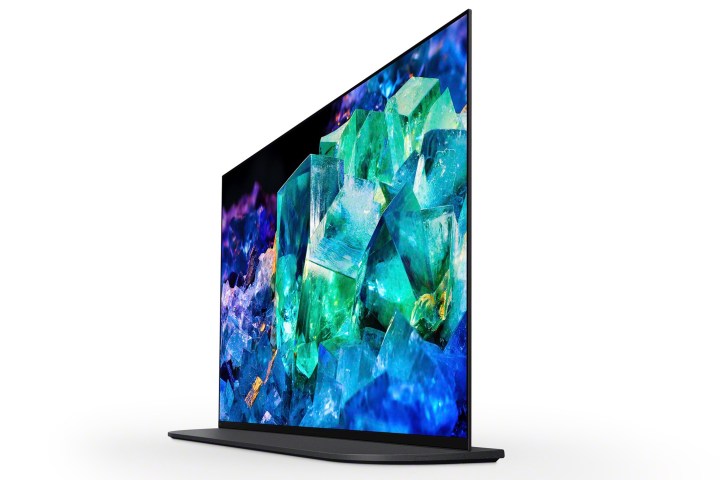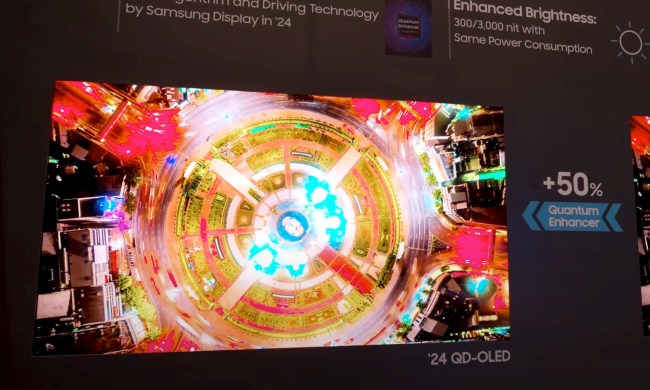It’s not a stretch to say that the most exciting announcement to come out of CES 2022 was the debut of QD-OLED display technology. We already knew that QD-OLED displays (a variation on OLED technology that incorporates quantum dots) could theoretically be a game-changer, thanks to better brightness, contrast, and wider color range. But until the show, we hadn’t seen it in the flesh.
Now that we have, we’re more convinced than ever that it will offer the very best picture quality you can get in a home TV. But in the back of our minds was the fear that, as with any new display technology, QD-OLED models would be priced stratospherically high. Turns out, those prices might not be so bad after all.

Sony’s Bravia A95K likely will be the first QD-OLED TV you can buy. Samsung is also likely planning a QD-OLED model, but we haven’t gotten any details on that yet. Sony already has published the product page for the A95K on its U.S. website, with information about both sizes — it will come in 55- and 65-inch screens. However, the company isn’t quite ready to tell us how much these TVs will cost. Where we’d normally expect a price to be displayed, there’s simply an “email me when available” message.
And yet, even though there are no prices, Sony has left us a breadcrumb — a little hint of what we might expect to pay for this TV. Sony maintains a loyalty program on its website called Sony Rewards. It’s a points-based system that typically allots 1 point to customers for every dollar they spend. And while we may not know Sony’s A95K pricing, it has already told us the points we’ll earn: 3,000 points for the 55-inch and 4,000 points for the 65-inch.
If Sony’s points math holds true, that means the 55-inch will cost $3,000 and the 65-inch will run you $4,000. Granted, those are expensive prices for 4K TVs that are considerably smaller than what $3,000 – $4,000 will buy you if you stayed with existing QLED or OLED models, but it’s not the kind of over-the-top money we were fearing.
While the A95K will be the first QD-OLED TV, it’s not the only display to get this next-gen technology for 2022. We just received word that Dell’s Alienware 34 Curved QD-OLED Gaming Monitor — the first QD-OLED monitor — will cost $1,300 in the U.S., a price that is also far lower than we expected.
So yes, QD-OLED is still pricey, especially when compared to existing alternatives, but it’s within reach for a meaningful percentage of the TV-buying population. And that’s very good news for those of us who can’t afford them yet. At these prices, hopefully, there will be enough demand that Sony, Dell, Samsung, and any other company with QD-OLED ambitions can start to ramp up production of these new models, a process that always leads to lower prices over time. If things go well, we could see the price of a 65-inch QD-OLED TV drop to $3,000 by the end of 2023.



